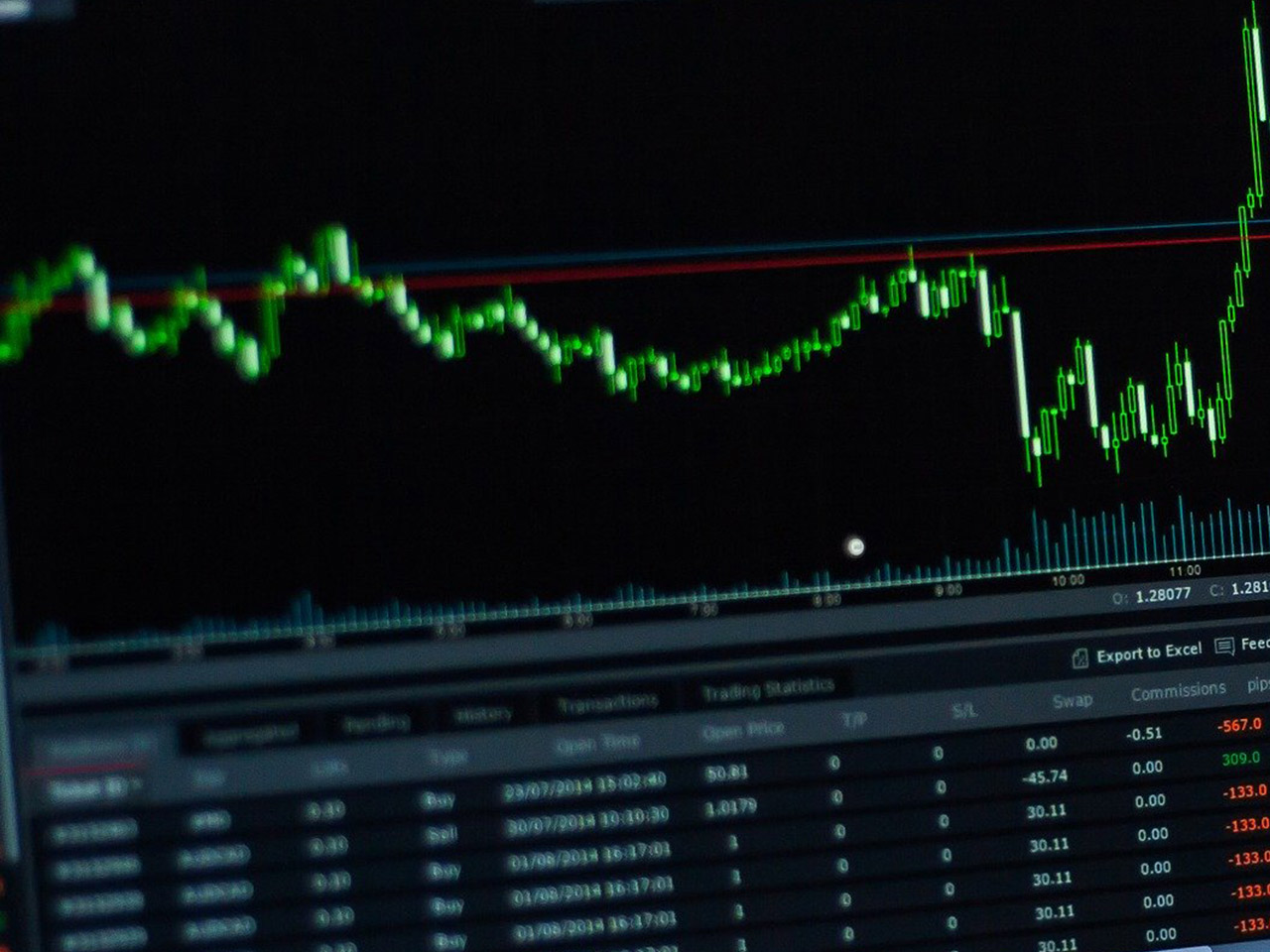Glencore PLC (GLEN.L), a major player in the global basic materials sector, continues to capture investor attention with its diverse operations in the production, refinement, and marketing of a wide array of industrial metals and energy products. Headquartered in Baar, Switzerland, Glencore is a linchpin in the commodities market, with activities spanning continents from the Americas to Oceania. As of recent trading, Glencore’s stock priced at 345.8 GBp, showing a minor dip of 0.02% with a 52-week range spanning from 230.05 to 415.40 GBp.
Despite the recent price fluctuations, Glencore presents an intriguing opportunity for investors, bolstered by a potential upside of 13.71% based on analyst ratings. Currently, the stock boasts 13 buy ratings, 4 hold ratings, and no sell ratings, reflecting a positive sentiment amongst market analysts. The average target price stands at 393.20 GBp, suggesting room for growth in the medium term.
However, the valuation metrics paint a complex picture. Glencore’s forward P/E ratio is an astronomical 994.99, indicating potential discrepancies in earnings expectations or an anticipation of significant future earnings growth. The absence of trailing P/E, PEG, Price/Book, and Price/Sales ratios suggests challenges in traditional valuation analysis, possibly due to the cyclical nature of the commodities market and Glencore’s unique business model.
From a performance standpoint, Glencore’s revenue growth is modest at 0.30%, with net income details currently unavailable. The company has an Earnings Per Share (EPS) of -0.12 and a Return on Equity (ROE) of -7.71%, underscoring profitability challenges. Yet, Glencore’s robust free cash flow of over $2.25 billion underscores its ability to generate cash, crucial for sustaining operations and navigating market uncertainties.
Dividend-seeking investors might find Glencore’s 2.16% yield attractive, although the high payout ratio of 131.12% raises sustainability concerns. Investors should weigh the dividend appeal against the potential risks of high payout ratios in volatile commodity markets.
Technically, Glencore’s stock shows resilience, with its 50-day and 200-day moving averages at 314.85 and 307.07 GBp respectively, indicating a prevailing bullish trend despite recent price setbacks. However, the Relative Strength Index (RSI) of 41.36 suggests that the stock is approaching oversold territory, which could imply a buying opportunity if market conditions stabilize.
Glencore’s strategic position in the industrial metals and mining industry allows it to capitalize on global economic trends, particularly the growing demand in the battery, electronics, and automotive sectors. Yet, investors must remain cognizant of the inherent risks in the commodities market, including geopolitical tensions, regulatory changes, and fluctuating demand.
As Glencore navigates these challenges, its extensive global footprint and diversified portfolio provide a cushion against sector-specific volatility, making it a potentially rewarding but complex investment. Investors should remain vigilant, balancing the promising upside potential with the company’s financial metrics and broader market dynamics as they consider Glencore’s place in their portfolios.








































